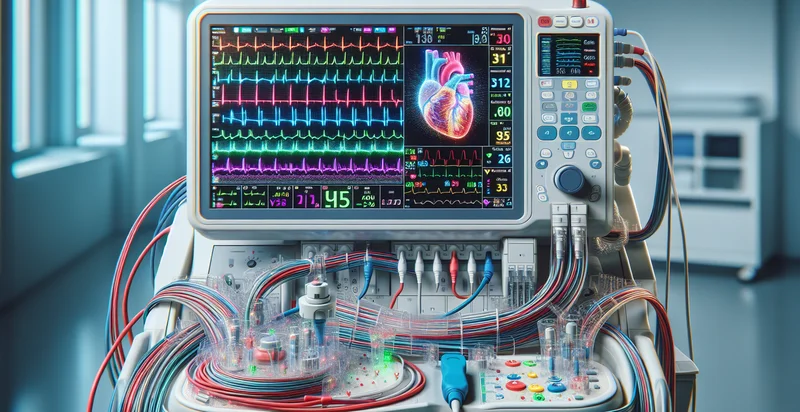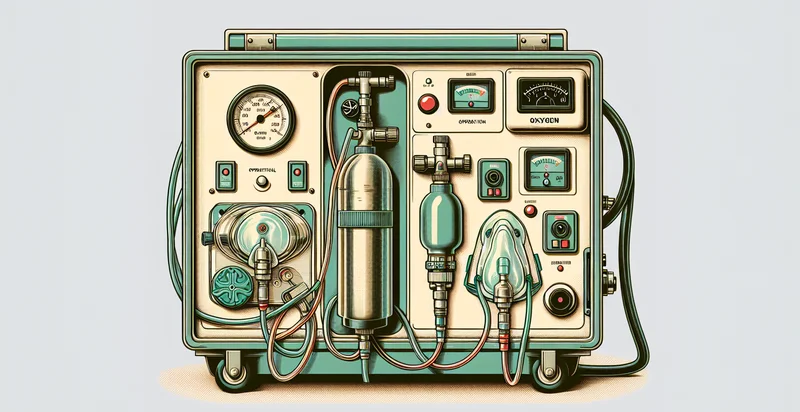Identify if heart machine is working
using AI
Below is a free classifier to identify if heart machine is working. Just upload your image, and our AI will predict if the heart is functioning normally - in just seconds.

Contact us for API access
Or, use Nyckel to build highly-accurate custom classifiers in just minutes. No PhD required.
Get started
import nyckel
credentials = nyckel.Credentials("YOUR_CLIENT_ID", "YOUR_CLIENT_SECRET")
nyckel.invoke("if-heart-machine-is-working", "your_image_url", credentials)
fetch('https://www.nyckel.com/v1/functions/if-heart-machine-is-working/invoke', {
method: 'POST',
headers: {
'Authorization': 'Bearer ' + 'YOUR_BEARER_TOKEN',
'Content-Type': 'application/json',
},
body: JSON.stringify(
{"data": "your_image_url"}
)
})
.then(response => response.json())
.then(data => console.log(data));
curl -X POST \
-H "Content-Type: application/json" \
-H "Authorization: Bearer YOUR_BEARER_TOKEN" \
-d '{"data": "your_image_url"}' \
https://www.nyckel.com/v1/functions/if-heart-machine-is-working/invoke
How this classifier works
To start, upload your image. Our AI tool will then predict if the heart is functioning normally.
This pretrained image model uses a Nyckel-created dataset and has 2 labels, including Heart Machine Not Working and Heart Machine Working.
We'll also show a confidence score (the higher the number, the more confident the AI model is around if the heart is functioning normally).
Whether you're just curious or building if heart machine is working detection into your application, we hope our classifier proves helpful.
Related Classifiers
Need to identify if heart machine is working at scale?
Get API or Zapier access to this classifier for free. It's perfect for:
- Preventive Maintenance Alert: This use case leverages the heart machine's operational status to trigger alerts for maintenance schedules. By identifying whether the machine is functioning correctly, healthcare facilities can proactively address potential issues, reducing downtime and ensuring consistent patient care.
- Patient Monitoring: Utilize the heart machine's performance indicator to enhance real-time patient monitoring applications. If the machine is identified as operational, it can contribute to a comprehensive view of a patient’s cardiovascular health, ensuring timely intervention if abnormalities are detected.
- Operational Efficiency Analytics: Integrate the identifier into reporting systems that analyze the operational efficiency of heart machines within medical facilities. By tracking performance status over time, healthcare administrators can optimize equipment usage and identify patterns that lead to improved patient outcomes.
- Alarm Management System: Implement an automated alarm management system that uses the heart machine's status to manage notifications effectively. If the machine is operational, alerts for other related equipment or procedures can be prioritized, leading to enhanced responsiveness in critical care settings.
- Telehealth Integration: In telehealth platforms, this function can determine if the heart machine is operational during remote examinations. When machines are confirmed to be in working order, healthcare providers can make informed decisions about remote consultations and diagnoses, improving patient engagement and care.
- Logistics for Medical Equipment: Utilize the heart machine's functionality status to inform logistics and supply chains for medical device management. By identifying which machines are operational, hospitals can streamline inventory management, ensuring that equipment is available and in good condition for patient use.
- Training Simulations: Incorporate the operational identification into training modules for medical personnel. By ensuring that only functioning heart machines are used in simulations, training sessions can provide realistic and effective preparation for medical staff, improving their readiness for real-life scenarios.


